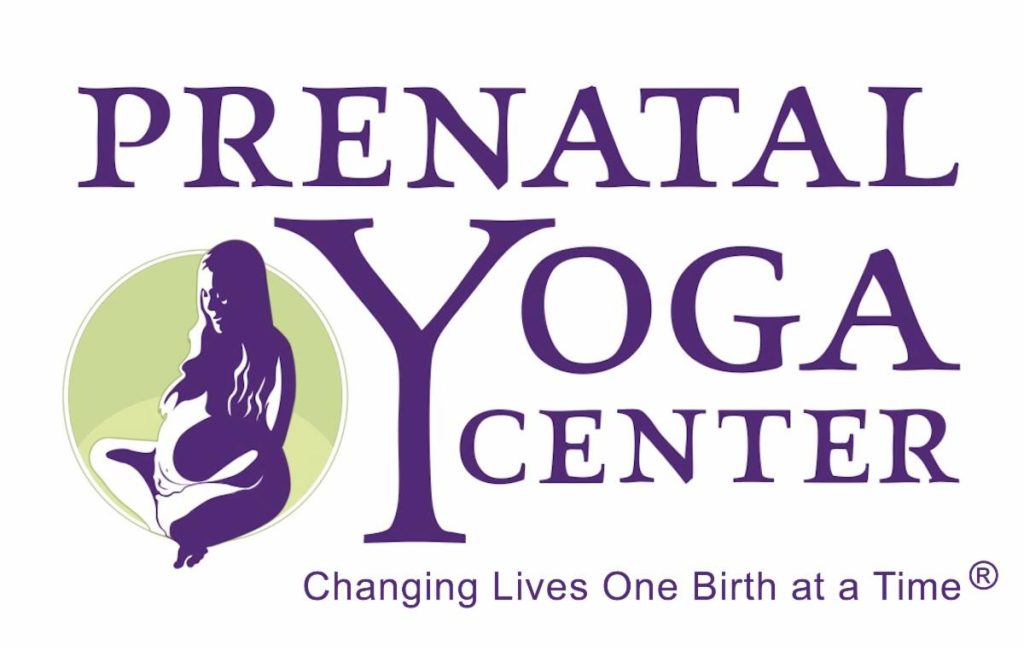I have been attending births for almost 4 years and have picked up some trade secrets along the way. Here are some ideas to try to help make your labor more comfortable, less painful and (hopefully) shorter.
1. Heat: I typically bring a hot water bottle with me to births. However you can use a hot rice sock or a warm wash cloth. Most laboring women like to apply the heat to the lower back or lower abdomen. When using heat, the support people around should make sure that the heating device is not too hot, test it on your inner arm before applying to the laboring woman’s body.
How heat helps? Heat increases local skin temperature, circulation and tissue metabolism. It reduces muscle spasm and raises the pain threshold. (Therapeutic Heat and Cold by J.F. Lehmann)
2. Cold: Some women respond better with a cool touch than a hot one. If that is the case, I recommend using an old fashion ice bag, a latex glove filled with ice chips, a frozen rice sock, a frozen bottle of water or a cold wash cloth. With the cold packs, I recommend placing or rolling these items on the mother’s lower back, or draping the cold wash cloth on the back of her neck.
How cold helps? Cold is especially useful for musculoskeletal and joint pain. Cold decreases muscle spasm – longer than heat. It reduces sensation in the area by lowering tissue temperature, which slows the transmission of pain and other impulses over sensory neurons. (Therapeutic Heat and Cold by J.F. Lehmann)
3. Shower or Bath: The feeling of warm water on your belly and back during labor can be a life saver! You may find that the water helps alleviate the pain and distracts you from such intense sensation. This would be especially good if you are having back labor. If the laboring woman is too tired to stand in the shower, place a stool or the birth ball in the shower or tub. Again, it is important for the partner or doula to monitor the temperature of the water and make sure it is not too hot. Because the bath or shower is so relaxing, I typically do not use this method of pain relief until the mother appears to be in active labor because it can slow labor down. However, if the early stage of labor is rather drawn out and the mother needs to relax, a bath or shower could be the perfect solution.
How the shower or bath helps? The warmth of the water on the mother’s body can be very mentally and physically relaxing. The water pressure can help alleviate muscle tension and back pain. The effects of immersion in water may be summarized as the following: bathing provides buoyancy and warmth, both of which often bring immediate pain relief, relaxation, lowering of catecholamines, increases oxytocin, and more rapid active labor progress. (The Labor Progress Handbook by Penny Simkins and Ruth Ancheta)
4. Birth Ball: The Birth Ball is a large physiotherapy ball- typically 65 cm is appropriate for the average size woman. It can be used prior to labor to help alleviate back pain and promote an ideal fetal position. Many women are surprised by my advice to bring it to the hospital with them.
How the Birth Ball helps? During labor it is particularly useful to sit on the ball which promotes a natural swaying and rocking of the pelvic. This motion can encourage fetal descent and help alleviate lower back tension, as well as provides gentle support for the perineum. As an alternative to being on all fours, lean over the birth ball. This position encourages an anterior position of the baby and takes pressure off the mother’s back. You can also place the ball on the bed, table or couch and leans over it while standing and swaying your hips. This helps use gravity and again encourages fetal descent.
Don’t deflate your birth ball too soon, when your baby is being fussy, gently bounce on the ball. Babies really love the movement!
5. Change Positions Often: Changing position every 20-30 minutes may help reduce the woman’s pain significantly. There are several common positions for women to use during labor. Side lying, semi seated positions, upright seated, standing and leaning forward, kneeling and leaning forward, all fours (hands and knees), child’s pose, asymmetrical lunge in the upright position and squatting.
How change of position helps? Changing positions often gives the woman a chance to experiment and discover what positions seem comfortable and effective, but also allows the baby to move around in the pelvis, encouraging fetal descent and moving into an ideal birthing position. Also, if the labor is slowing down, changing positions may help the mom get back into a rhythm that is comforting and shift the baby into the most advantageous position for passage through the pelvis.
6. Set the Stage: It has become more common for women to birth in hospitals instead of their home. (Although studies included prospectively reported data from more than 5000 women planning home births with Certified Professional Midwives in the year 2000 in the U.S. and Can, and found that outcomes for mothers and babies were the same as for low-risk mothers giving birth in hospitals, but with a fraction of the interventions…but I digress). So, to give the stark hospital room a bit more of a homey feeling, set the stage! One dramatic difference you could easily make would be turning off the bright lights. Also, some women bring their own pillows or night gowns. Others bring music or pictures that are inspiring or comforting. The partner, husband or doula can help handle crowd control and not allow to many unnecessary staff people disturb the laboring woman.
How setting the stage helps? What is needed for effective labor with lowered levels of stress hormones is a comfortable, dimly lit, cozy space that allows you to access the part of your primitive brain that sets up the process of hormonal ebb and flow and facilitates the smoothest functioning of the normal birth process. We share this need for privacy during labor with virtually all other female mammals.(Ina May’s Guide to Childbirth, by Ina May Gaskin)
7. Massage: I have met very few laboring women that do not appreciate a reassuring and relaxing massage. You do not need to be a professional massage therapist to give some one you love a little helpful massage. All you have to do is move into the massage with the intention of helping to release tight muscles and alleviate pain and most importantly, watch for the woman’s response. She may not verbally tell you if you are doing it right, so watch for her facial expressions and sounds.
How massage helps? Massage has been credited with helping to reduce pain, anxiety and fear by increasing endorphin levels in the body. Several of the common areas that the laboring mom may enjoy to have massaged are the lower back, neck, shoulders, hands and feet. Also keep in mind, the more relaxed you are, the less painful the contraction will seem. The more stressed you are, the more painful the contractions will seem. Final tip- be prepared with lotions or oils that smell good to you. Just the smell of the products may help relax you.
I hope these tips will help. Happy laboring!






